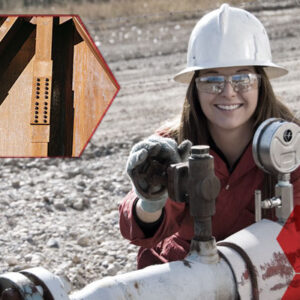Introduction

Definition and Overview
Cathodic Protection Engineering is a specialized discipline that focuses on preventing corrosion in various structures and materials. Corrosion is a natural process that occurs when metal surfaces interact with their environment, resulting in the gradual degradation of the material. Cathodic Protection employs electrochemical principles to safeguard metals and other materials from deteriorating due to corrosion.
Corrosion involves the electrochemical reactions between a metal, an electrolyte (usually a liquid like water or moisture), and the surrounding environment. When a metal corrodes, it undergoes oxidation, releasing electrons and forming ions in the process. Cathodic Protection helps manage these electrochemical reactions to prevent or slow down the corrosion process.
Importance and Purpose of Cathodic Protection

Corrosion can cause significant damage to infrastructure, including bridges, pipelines, ships, and more. This corrosion-induced damage leads to safety hazards, and financial losses, and can compromise the structural integrity of these critical assets. The primary purpose of Cathodic Protection is to mitigate this corrosion damage.
By employing Cathodic Protection techniques, a controlled electrochemical environment is created around the metal or structure susceptible to corrosion. This controlled environment ensures that the metal or structure becomes the cathode in the electrochemical cell, effectively slowing down or halting the corrosion process. This prevention or reduction of corrosion significantly enhances the longevity and functionality of the assets, ultimately reducing maintenance costs and ensuring their safe and efficient operation over an extended period.
Role and Responsibilities of a Cathodic Protection Engineer

Certainly! I’ll explain the role and responsibilities of a Cathodic Protection Engineer in detail based on the provided points:
Designing Cathodic Protection Systems
Cathodic Protection Engineers are responsible for designing cathodic protection systems that aim to prevent corrosion in various structures. This involves a series of steps:
Structural Analysis
Engineers start by analyzing the structure that needs protection. This could be pipelines, storage tanks, offshore platforms, or any other metal structure prone to corrosion.
Corrosion Risk Assessment
They assess the corrosion risks based on factors such as the environment in which the structure operates, the type of metal used, and potential exposure to corrosive agents like soil or water.
Material Selection and Coating
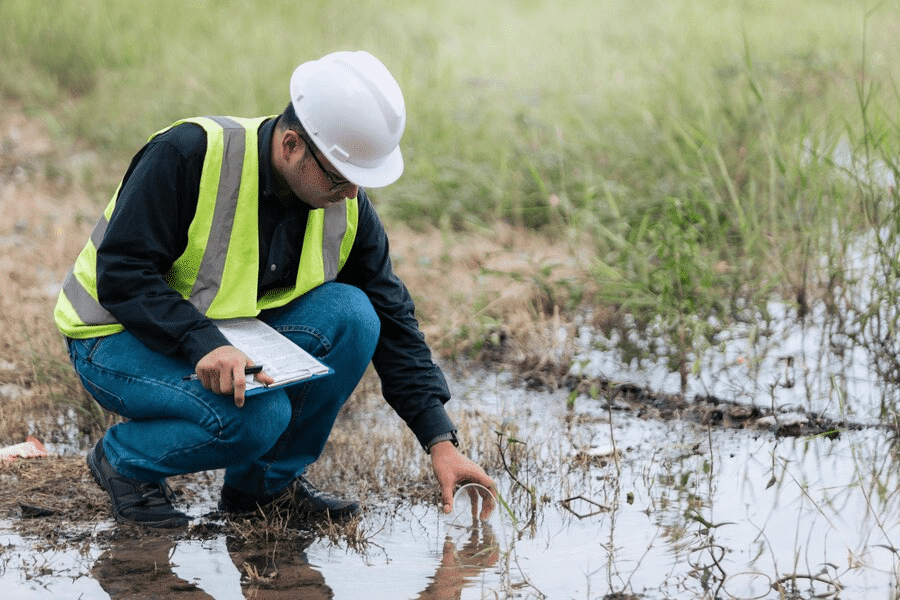
Engineers choose appropriate materials and coatings to be used in the cathodic protection system, considering factors like conductivity, durability, and chemical resistance.
Designing Protection Measures
Based on the analysis and assessment, engineers design the cathodic protection measures. This could include sacrificial anodes, impressed current systems, or a combination of both, depending on the structure and its corrosion vulnerability.
Calculations and Specifications
They perform calculations to determine the number, type, and placement of anodes or other protective elements needed. Detailed specifications are created for the system to ensure its effectiveness and longevity.
Compliance and Standard
Engineers ensure that the designs comply with industry standards, codes, and safety regulations relevant to cathodic protection systems.
Installation and Maintenance of Cathodic Protection Systems

Once the design is finalized and approved, the Cathodic Protection Engineer continues to be involved in the process:
Installation Oversight
Engineers oversee the installation of the cathodic protection system to ensure it is carried out as per the design and specifications. This involves coordination with installation teams and monitoring progress.
Quality Assurance
They ensure that the installation meets quality standards and adheres to safety protocols to avoid any potential hazards during or after installation.
Regular Inspections
Engineers conduct regular inspections of the cathodic protection system to monitor its performance and effectiveness. These inspections may involve visual assessments, measurements, and data analysis.
Adjustments and Repairs
If any issues or inefficiencies are identified during inspections, engineers take necessary steps to make adjustments or repairs to the system. This could involve replacing anodes, recalibrating settings, or applying additional protective measures.
Documentation and Reporting
Engineers maintain detailed records of inspections, maintenance activities, and any modifications made to the system. They also prepare reports to document the system’s status and provide recommendations for improvements or future maintenance.
Required Skills and Qualifications
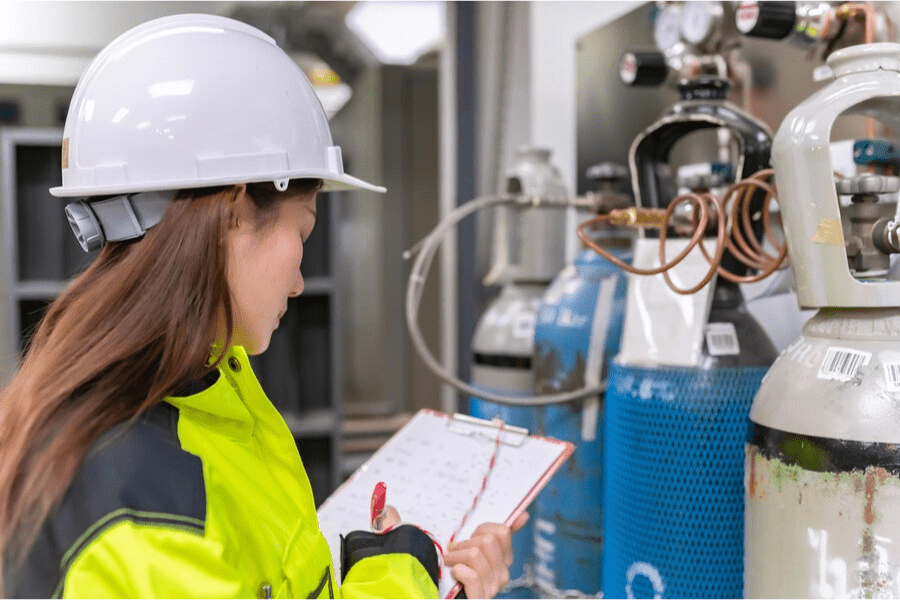
Engineering and Technical Knowledge
Having a strong foundation in engineering principles is crucial. This includes a deep understanding of electrical, chemical, and materials engineering. Electrical engineering knowledge is necessary to comprehend the electrical aspects of cathodic protection systems, which involves controlling corrosion through electrical currents. Chemical engineering knowledge is vital to understand the chemical reactions and processes involved in corrosion and protection mechanisms. Materials engineering is necessary to understand the properties and behavior of different materials in various environments, aiding in the selection of appropriate materials for cathodic protection systems.
Understanding of Corrosion Mechanisms
Corrosion is a natural process that deteriorates materials over time. Having an in-depth understanding of the different corrosion mechanisms is essential. Corrosion mechanisms can vary based on materials and environmental conditions. Factors like temperature, humidity, pH levels, and the specific material being used can all affect corrosion. Understanding these mechanisms helps in devising effective cathodic protection strategies to prevent or mitigate corrosion and its damaging effects.
Knowledge of Cathodic Protection Materials and Equipment

Being familiar with the latest materials and equipment used in cathodic protection systems is crucial. Cathodic protection systems utilize various materials such as sacrificial anodes, impressed current anodes, reference electrodes, conductive coatings, and other specialized materials. Understanding the properties, applications, and limitations of these materials is vital for making informed decisions during the design, installation, and maintenance phases of cathodic protection systems.
Communication and Interpersonal Skills
Effective communication and interpersonal skills are vital in the field of engineering, especially when dealing with complex technical information. Engineers need to liaise with various stakeholders, including clients, fellow engineers, project managers, and potentially the general public. Being able to convey complex technical information in a clear and understandable manner is essential for successful collaboration and project execution. Additionally, effective communication skills help in presenting ideas, explaining concepts, and justifying technical decisions, ultimately contributing to the success of cathodic protection projects.
Educational and Professional Pathways

Academic Requirements (Degrees, Certifications)
Acquiring a degree in engineering is the initial step towards a career in corrosion engineering. It is highly beneficial to pursue a degree related to materials, chemical, or electrical engineering as these fields provide fundamental knowledge necessary for understanding corrosion processes. These degrees typically cover coursework in materials science, chemical properties, electrical principles, and engineering principles.
In addition to a degree, pursuing certifications in corrosion engineering can significantly enhance qualifications. These certifications often focus on specialized knowledge related to corrosion mechanisms, prevention, and protection methods. They demonstrate a commitment to continuous learning and staying updated with advancements in the field of corrosion engineering.
Relevant Engineering Disciplines
Specializing in relevant engineering disciplines is crucial for building a strong foundation in corrosion engineering. Each engineering discipline, such as chemical, electrical, or materials engineering, provides unique insights into the principles underlying corrosion.
Chemical Engineering: Helps in understanding the chemical reactions and processes involved in corrosion, aiding in the development of corrosion-resistant materials and coatings.
Electrical Engineering: Provides knowledge about electrical properties and their role in corrosion, especially relevant in understanding cathodic protection techniques.
Materials Engineering: Focuses on the properties and behavior of materials, which is essential in designing materials with resistance to corrosion.
By delving into these engineering disciplines, individuals gain a multidimensional understanding of corrosion processes and can apply this knowledge to develop effective corrosion prevention strategies.
Professional Certifications and Associations
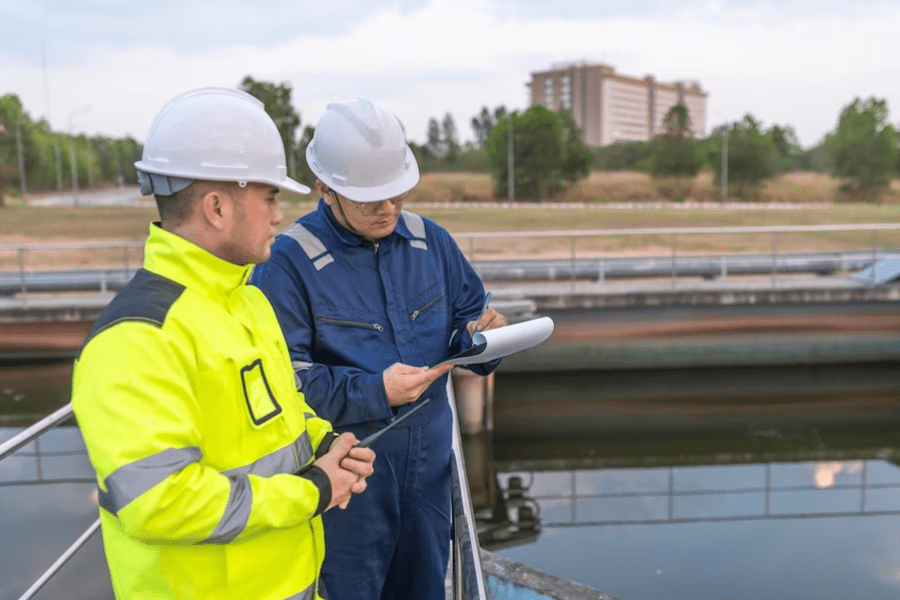
Acquiring certifications from reputable organizations, such as AMPP International (Association for Materials Protection and Performance), significantly adds to a corrosion engineer’s professional credibility. AMPP International offers a range of certifications related to corrosion control and prevention, such as Certified Corrosion Technician (CCT) and Certified Corrosion Specialist (CCS), among others. These certifications validate a professional’s expertise and competence in the field of corrosion engineering.
Moreover, becoming a member of recognized professional associations like AMPP International provides valuable networking opportunities within the corrosion protection community. Engaging with fellow professionals, attending conferences, and participating in workshops and events allows for knowledge sharing, collaboration, and staying informed about the latest developments and best practices in corrosion protection.
Case Studies and Practical Applications
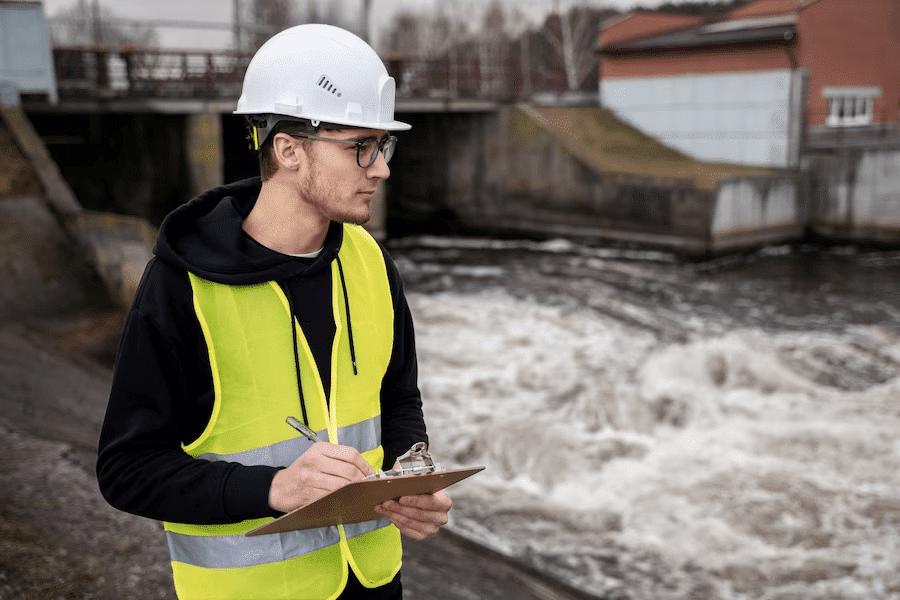
Real-life Examples of Cathodic Protection Engineering Projects
Pipeline Protection in the Oil and Gas Industry
Pipeline Protection in Oil and Gas Industry: Highlighting how cathodic protection engineers safeguard pipelines from corrosion, ensuring smooth operations and reducing environmental risks.
Marine Structures Corrosion Prevention
Discussing how cathodic protection preserves marine structures, extending their lifespan and minimizing maintenance costs.
Challenges Faced and Solutions Implemented
Detailing challenges encountered during projects, such as system malfunctions or inadequate design, and the strategies employed to overcome them and enhance the system’s efficiency.
Future Trends and Innovations in Cathodic Protection Engineering

Emerging Technologies
Cathodic protection is crucial in preventing the corrosion of metal structures by utilizing electrochemical principles. Emerging technologies are revolutionizing this field, enhancing efficiency, accuracy, and sustainability.
IoT Integration for Real-time Monitoring
The integration of the Internet of Things (IoT) in cathodic protection engineering allows for real-time monitoring of corrosion protection systems. Sensors and devices can collect and transmit data, providing instant insights into the status of structures and cathodic protection performance. IoT integration enables remote monitoring, facilitating proactive maintenance, identifying potential issues early, and optimizing the overall performance of cathodic protection systems.
Predictive Analytics
Advanced data analytics and machine learning algorithms are being applied to cathodic protection data. Predictive analytics can forecast potential corrosion threats, allowing for proactive planning and interventions. By analyzing historical and real-time data, predictive analytics can optimize the distribution of cathodic protection resources and improve the efficiency of corrosion prevention strategies.
Novel Materials
Ongoing research is focusing on developing novel materials for anodes and coatings used in cathodic protection systems. These materials aim to enhance the effectiveness and longevity of cathodic protection while minimizing environmental impact. Materials such as conductive polymers and nanocomposites are being explored for their improved conductivity, durability, and cost-effectiveness.
Sustainable and Environmentally Friendly Solutions

With a growing emphasis on sustainability and environmental responsibility, the cathodic protection industry is striving to develop eco-friendly solutions that align with environmental goals without compromising effectiveness.
Renewable Energy Integration
Integration of renewable energy sources like solar or wind power into cathodic protection systems can reduce reliance on traditional energy sources and lower the carbon footprint associated with powering these systems. Solar-powered cathodic protection stations, for example, utilize clean energy to operate, contributing to a more sustainable approach.
Environmentally Safe Anode Materials
Manufacturers are focusing on developing anodes made from materials that are environmentally benign and easily recyclable. This ensures that at the end of their lifecycle, the disposal or reuse of anodes has a minimal impact on the environment. Additionally, research is being conducted to find alternatives to conventional anode materials like sacrificial zinc, exploring options that are less toxic and more sustainable.
Lifecycle Assessments and Eco-friendly Coatings
The industry is increasingly conducting life cycle assessments (LCAs) to evaluate the environmental impact of cathodic protection systems. This includes assessing the manufacturing, installation, maintenance, and disposal phases. Eco-friendly coatings with reduced volatile organic compounds (VOCs) are being developed to protect structures and pipelines, aligning with sustainability objectives and minimizing harm to the environment.
Conclusion

In conclusion, a Cathodic Protection Engineer plays a pivotal role in safeguarding infrastructure from corrosion and ensuring their longevity. Through the application of cathodic protection principles and expertise in electrochemistry, materials science, and engineering, they effectively mitigate corrosion risks and extend the service life of critical assets.
Their comprehensive understanding of various corrosion mechanisms, innovative problem-solving skills, and ability to design and implement cathodic protection systems make them instrumental in preserving valuable structures and minimizing maintenance costs. As the field of corrosion prevention continues to evolve, the Cathodic Protection Engineer’s expertise will remain essential in enhancing infrastructure sustainability and resilience for future generations.
To further enhance and specialize in this field, aspiring engineers can avail of courses offered by the CORCON Institute of Corrosion. These courses provide invaluable knowledge and training, empowering professionals to stay at the forefront of corrosion protection technologies and contribute significantly to the integrity and durability of various structures. Investing in continuous education and skill development through institutions like CORCON can greatly elevate one’s capabilities and prospects in the dynamic field of cathodic protection engineering.
Image Reference: Freepik
Disclaimer: All trademarks, logos, and brand names are the property of their respective owners. All company, product, and service names used in this website are for identification purposes only. Use of these names, trademarks, and brands does not imply endorsement.

